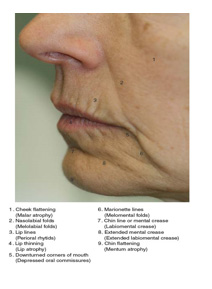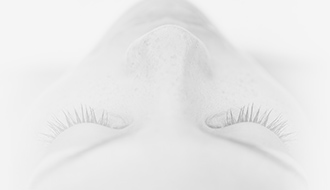Understanding Aging…Not Only Skin, But Also Bone and Fat Loss

Many of us may think of the “Aging Process” as looser skin, and we may have the misconception that looser skin just needs Botox or medical grade cosmetic products to cure wrinkles. Actually, the “Aging Process” includes bone loss, fat loss, and skin quality loss in addition to skin elasticity. In order to reverse time, you have to rejuvenate all these three components by refilling bone and fat, and tightening skin.
1. Skin Changes
As we age, we experience three major changes in our skin. First, the surface of the skin becomes rougher because its cell turnover gets slower. That’s why old skin heals slower than younger skin. Second, due to oil secretion changes, our skin becomes dull and dry, and oily patches and increased pore size are observed. Third, the skin pigment also changes and becomes irregular. As we age, we can observe dark spots due to sun exposure, hormone changes and environmental factors. Lastly, as we produce less collagen and elastin, the skin loses its natural plumpness and radiance and becomes looser, thinner and sagging. With repeated muscle movement over the years, noticeable wrinkles form around our eyes and mouth and especially on the neck. The picture below is an illustration of how skin changes.
2. Volume Loss – Fat & Bone Changes
At some point at our life, we all start to notice, especially in photos, the ominous shadows on our cheeks, mouth lines and neck wrinkles. The unwanted changes are due to natural volume loss through fat shrinkage and bone loss. Facial fat is much different from body fat. If you loss fat due to natural aging, unlike body fat, facial fat pads will shrink and will not be returned. Facial fat is in the form of segmented pads, which lie between the muscles and bones and form our facial contours and plumpness of youth. As we age, these fat pads slowly shrink and sink causing hollows and shadows – temples, upper cheeks, lower face, nose to mouth lines. The illustration pictures below show the facial fat and bone losses due to aging.

Figure 1 fat and skin changes due to aging

Figure 2 bone losses due to aging


